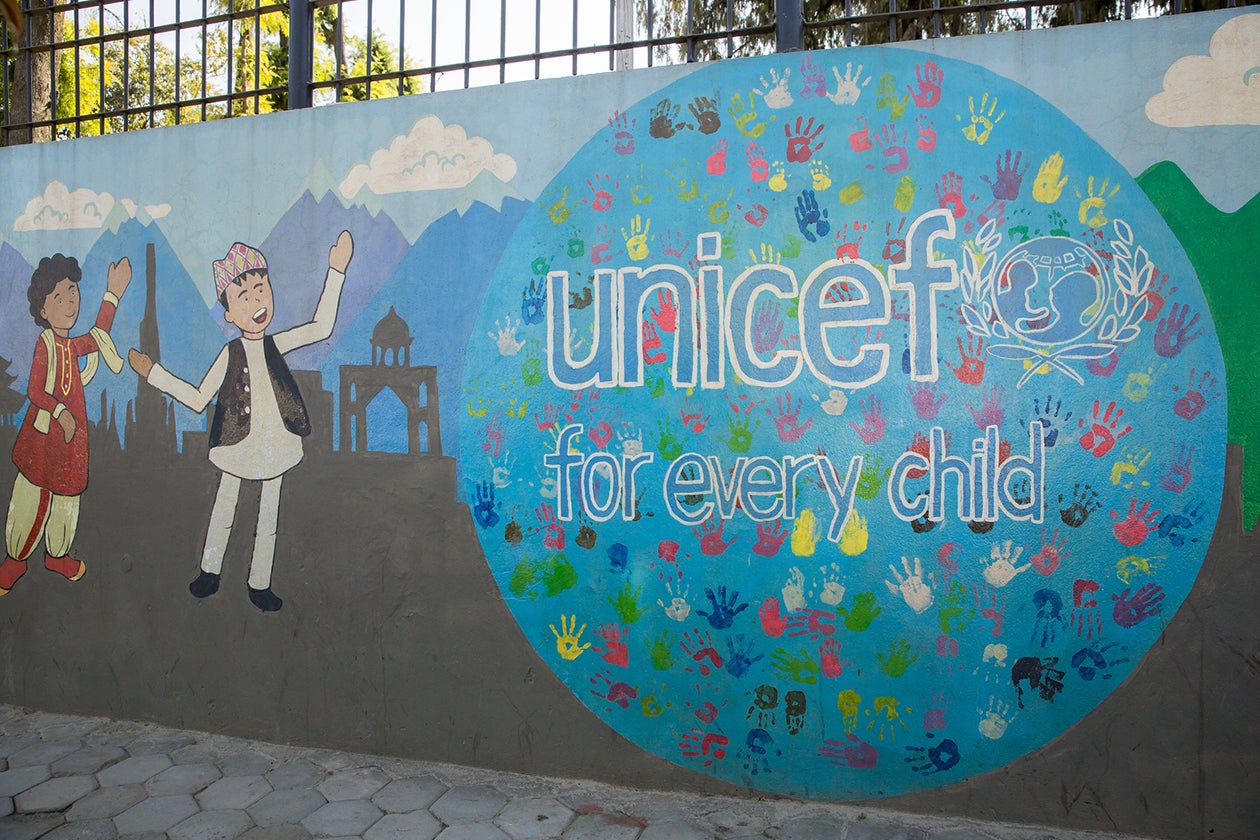Key Points
Nepal is a country with a wide range of ethnic, cultural, religious, linguistic, economic, social, and political identities. Despite rapid urbanization, it remains largely rural, with ~30 million people spread out over a mountainous, varied landscape.
A decade-long Maoist insurgency, which killed or displaced over two million people, began in 1996. While the civil war disrupted the function of most social programs, the health system remained unscathed and even improved during this time period.
Until 1990, Nepal was ruled by an absolute monarchy. Since then, constitutional reforms and revisions and conflict have led to political instability. Foreign donors and NGOs have stepped in to fill resulting gaps in economic and social development, especially in the areas of education, health, and transportation.
Nepal’s economy has grown steadily since the late 1990s, but income levels remain substantially lower than the average in South Asia.
Nepal at a glance
| 2000 | 2016 | ||
|---|---|---|---|
Nepal at a glance | U5MR Per 1,000 live births | 79 | 33 |
NMR Per 1,000 live births | 39 | 10 | |
MMR Per 100,000 live births | 548 | 258 (2015) | |
Total fertility rate Per woman | 4.1 | 2.3 | |
ANC4+ Percent | 14 (2001) | 69 | |
Wasting Percent | 11 (2001) | 10 | |
DTP3 coverage Percent | 74 | 87 | |
Open defecation Percent | 65 | 30 (2015) | |
GDP per capita PPP, constant 2011 int’l $ | 1,540 | 2,302 | |
Literacy rate Percent of adults | 49 (2001) | 60 (2011) | |
Poverty headcount ratio at $1.90/day Percent | 46 (2003) | 15 (2010) |
Nepal’s recent history is full of challenges, from decades of autocracy through a bloody Maoist insurgency and a period of extreme political instability to the devastating 2015 earthquake. Despite this string of difficulties, Nepal has demonstrated resilience, accelerating both economic growth and progress on most key development indicators in recent years.
Demographics and Topography
Bordered on all sides by the two most populous nations in the world, Nepal is a land apart - a distinctive and diverse country of 30 million people representing a wide range of ethnic, cultural, religious, linguistic, economic, social, and political identities.
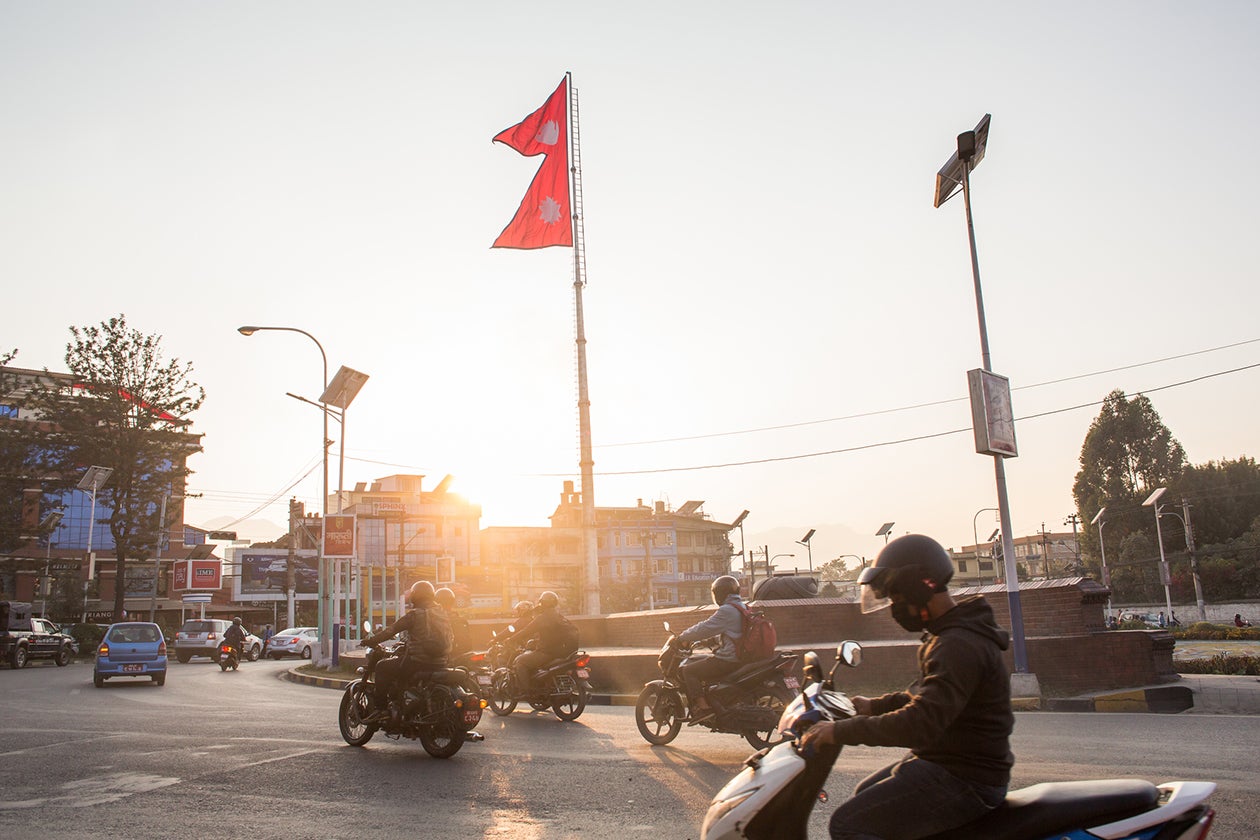
A 2011 census found that Nepal’s population includes members of 125 different castes and ethnic groups speaking 123 separate languages. 63 marginalized indigenous peoples make up more than a third of the population; the rest is organized into 59 castes, 15 of them Dalit or “untouchable.”While the caste system was officially abolished in 1963, it is informally still in effect, particularly in the marginalization of some groups such as the Chamars, Musahars, and Tatma.
The people of Nepal overwhelmingly live in rural areas, but in recent years, the country has become one of the most rapidly urbanizing in South Asia, with an average urban population growth of six percent since 1970. Many recent migrants to cities have clustered in informal settlements, and slumdwellers are among the populations most at risk of stunting.
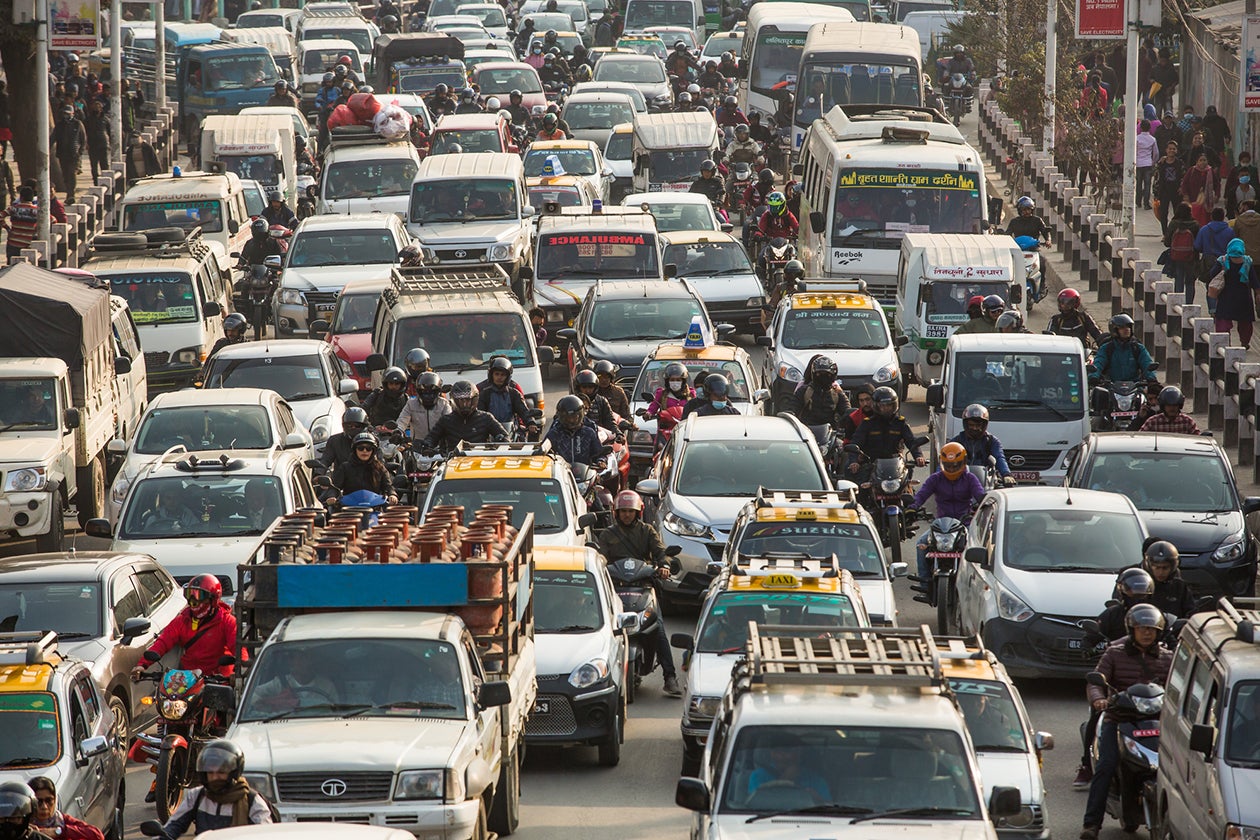
Urban population (percent of total)
World Bank. Urban population (% of total population) - Nepal [data set]. World Bank Data. Washington, DC: World Bank. Accessed 2018
Nepal’s diversity is also reflected in the terrain itself. The country is divided into three geographic zones. The remote mountainous region, which includes not only Mount Everest but also seven other peaks above 8,000 meters, constitutes about a third of the nation’s land area but has less than seven percent of its population. A hill zone comprises approximately 40 percent of Nepal’s land and population, including the approximately five million living in the Kathmandu Valley. The terai, or low-lying flatlands, make up less than a quarter of Nepal’s landmass but are home to half of its people.
Nepal ecological regions

Conflict
Ruled for almost 200 years first by a king and then by a hereditary prime minister, the Kingdom of Nepal tended to spend little money outside Kathmandu except on the military and the police. Eventually, a pro-democracy movement developed in response to the impoverished, undemocratic condition of the country. Under pressure, the king agreed to a new constitution whereby the government became a multi-party constitutional monarchy in 1990. Although a long period of instability was just beginning, from this moment on, the Government of Nepal pursued a variety of pro-poor investments and policies.
A ten-year-long Maoist insurgency began in 1996, killing over 12,000 people, internally displacing another 200,000, and sending approximately 2 million people across the border into India.
Surprisingly, the health system continued to improve during the insurgency. Certainly, the violence and destruction it caused were impediments, but since the monarchy’s lack of concern for the rural poor was a major factor in the insurgency, there was pressure on both sides of the conflict to invest in the health system. The Maoist insurgents fought for a more egalitarian health agenda, and the government responded by trying to show that they were already pursuing one. During the conflict, health infrastructure and health workers were rarely targeted.
The insurgency came to an end in 2006 with the signing of a peace deal and the declaration of Nepal as a federal democratic republic; however, the new government was unable to agree on a permanent constitution until 2015. Between 2000 and 2015, there were ten different prime ministers.
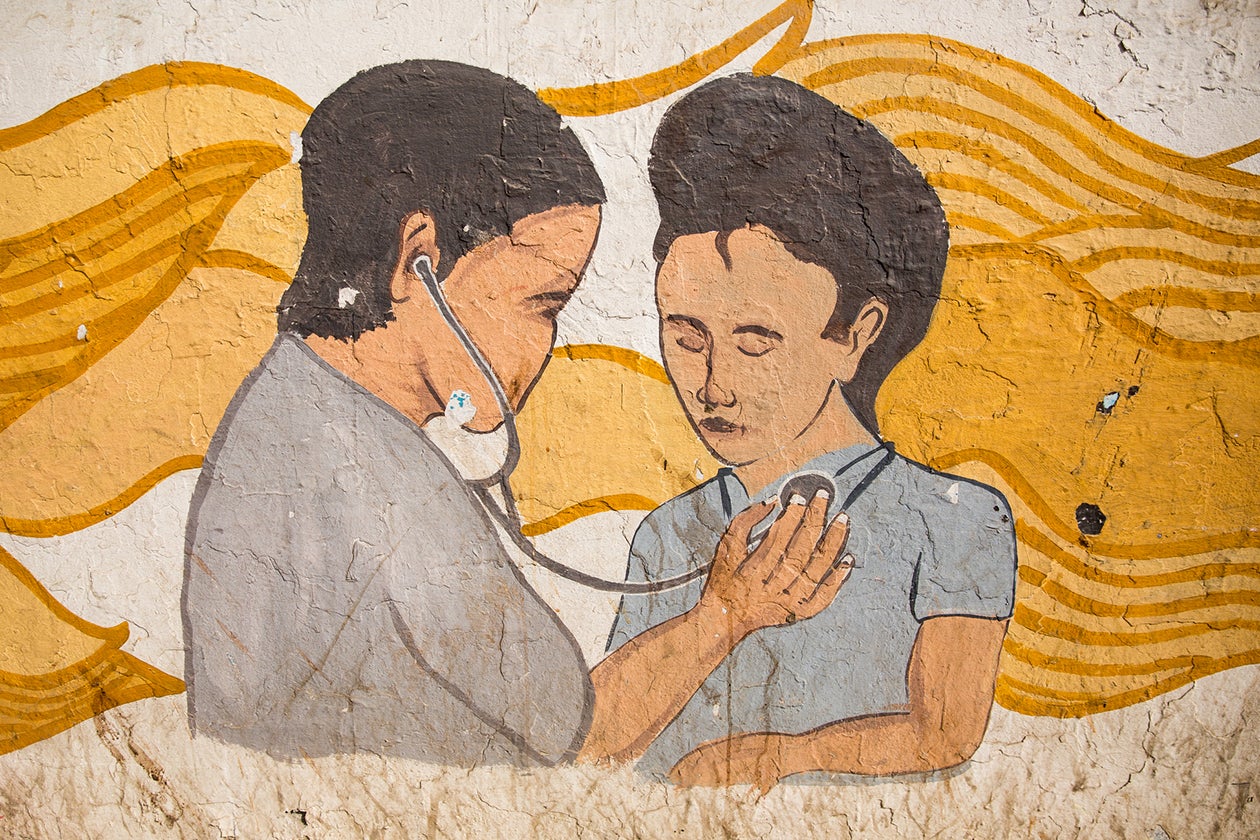
Development and Economy
During these years of political instability, especially those following 1990, foreign donors and NGOs came to play a large role in policymaking and program design and implementation, especially in the areas of education, health, and transportation. For example, the World Bank has funded 12 roads projects in Nepal since the early 1970s, when the country’s road network totaled 2,700 kilometers. Now, it spans over 42,000 kilometers, half the population enjoys access to paved roads, and travel time has dropped nearly 80 percent on average.
Just under 40,000 NGOs were registered in Nepal between 1977 and 2014, the vast majority after 1990. Total donor spending increased from $420 million in 2000 to $1.07 billion in 2015.
Alongside assistance from external partners, the economy has continued to grow at a steady if unspectacular pace, despite the political instability. GDP per capita grew at about 3 percent per year from 2000 to 2015. As of 2016, it stood at approximately $2,302, still well below the South Asia average of $5,625.
GDP per capita
World Bank. GDP per capita Nepal [data set]. World Bank Data. Washington, DC: World Bank. Accessed 2018
Precondition for success
Nepal has made significant progress despite facing imposing barriers. Its terrain is forbidding, making it difficult to build infrastructure and even more difficult for people to access what exists. Moreover, the country is subject to frequent natural disasters, most recently the devastating earthquake in 2015 that destroyed much of the infrastructure built up in previous years. Politically, Nepal ended decades of an autocratic monarchy in 1990, only to witness a decade of a violent insurgency followed by almost a decade of instability and turmoil, with frequent turnover in government and no constitution.
It is important to note that the insurgency in Nepal had less impact on health than many other insurgencies in other countries, because both sides in the conflict were trying to make the point that they could best provide for the health of the people in the wake of the monarchy. In Nepal, the health system and health workers were singled out as safe from the violence, and health indicators did not decline as much as might be expected.
The country’s success in the past two decades has built upon two foundations that have been in place since the 1970s and 1980s.
First, the Female Community Health Volunteers, launched formally in 1988, continued an older tradition of relying on community-based health workers-and they have been a linchpin of Nepal’s health system. They give informed advice and basic care at the community level, and they also provide a key link to the formal health system, bringing information into the community from the center and referring patients in need of specialized care to the appropriate facility. The FCHVs’ responsibilities have expanded along with Nepal’s ambitions for its health system, and the country would not have been able to achieve the results it has without the platform of more than 50,000 volunteers in place.
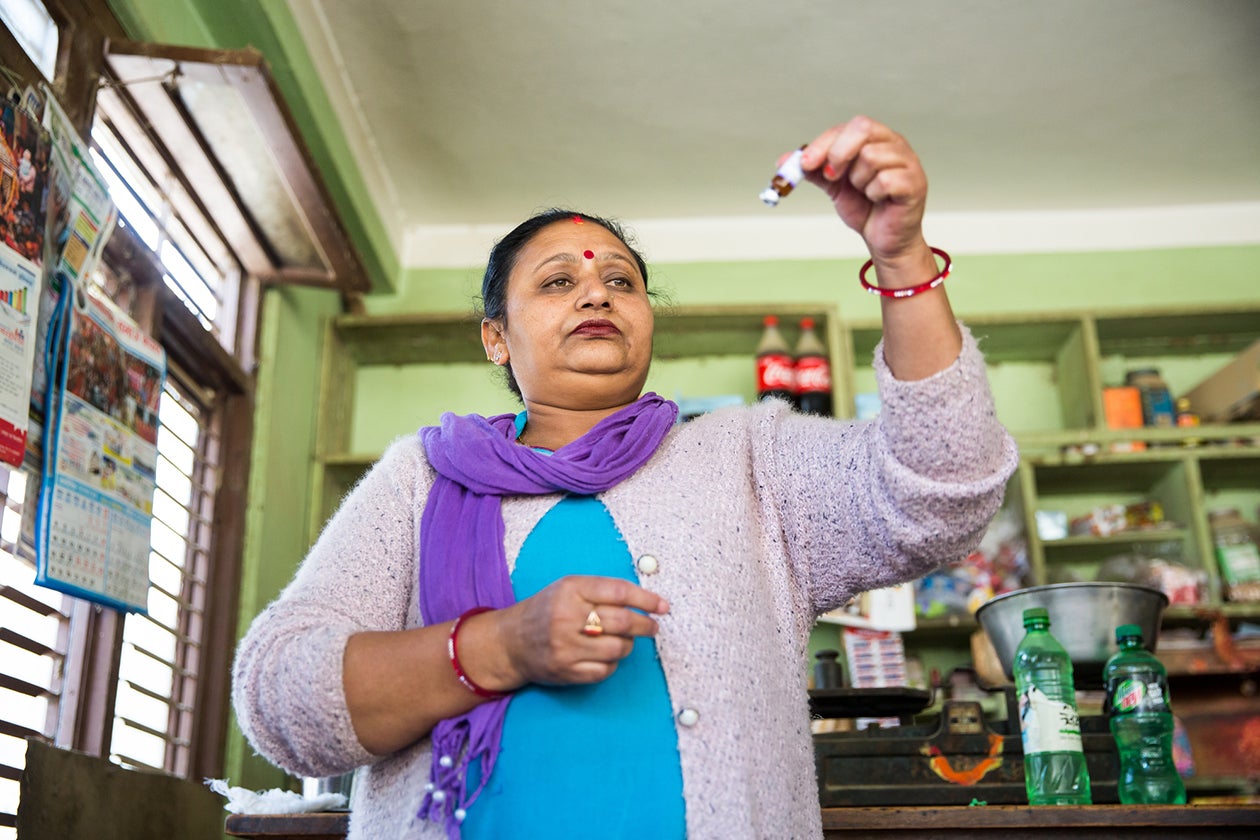
Second, the donor and NGO landscape has been very active since the 1970s, and donors and NGOs have been critical partners with the government in health, education, and sanitation, not to mention infrastructure, especially road construction. Since 1977, 39,759 NGOs and 189 international non-governmental organizations have been registered in Nepal in various sectors. The role of external development partners picked up after 1990, with the creation of the constitutional monarchy, so by the turn of the millennium, many of the most active partners were equipped with a firm understanding of the on-the-ground realities of Nepal.
